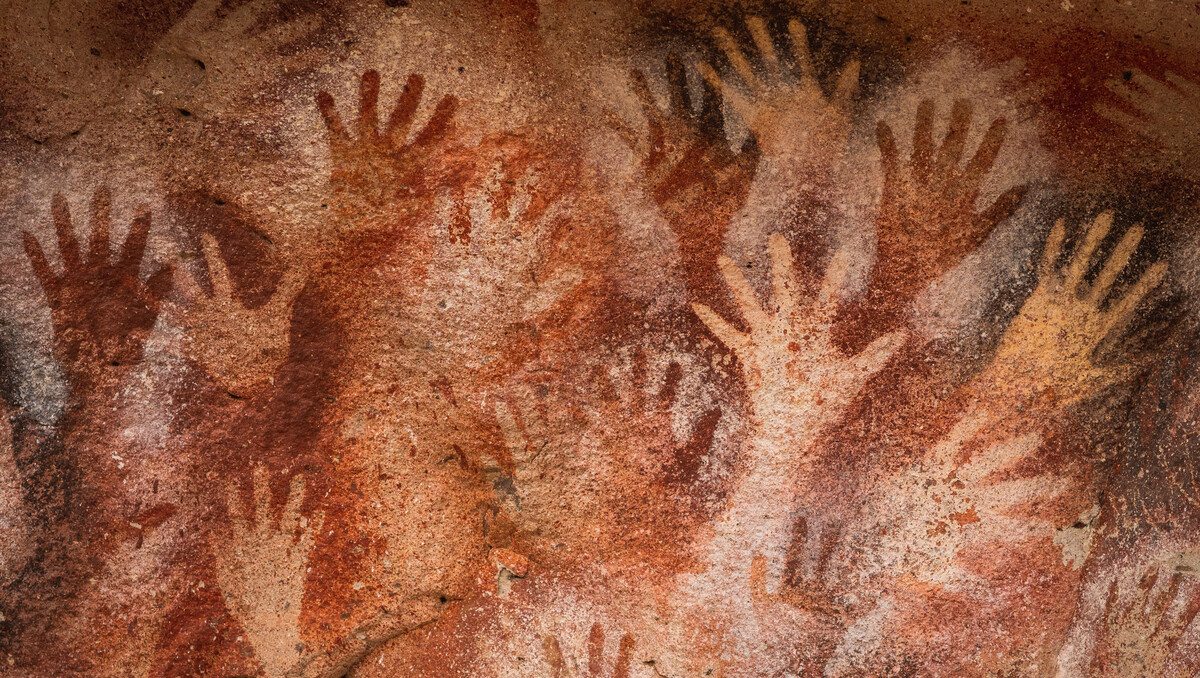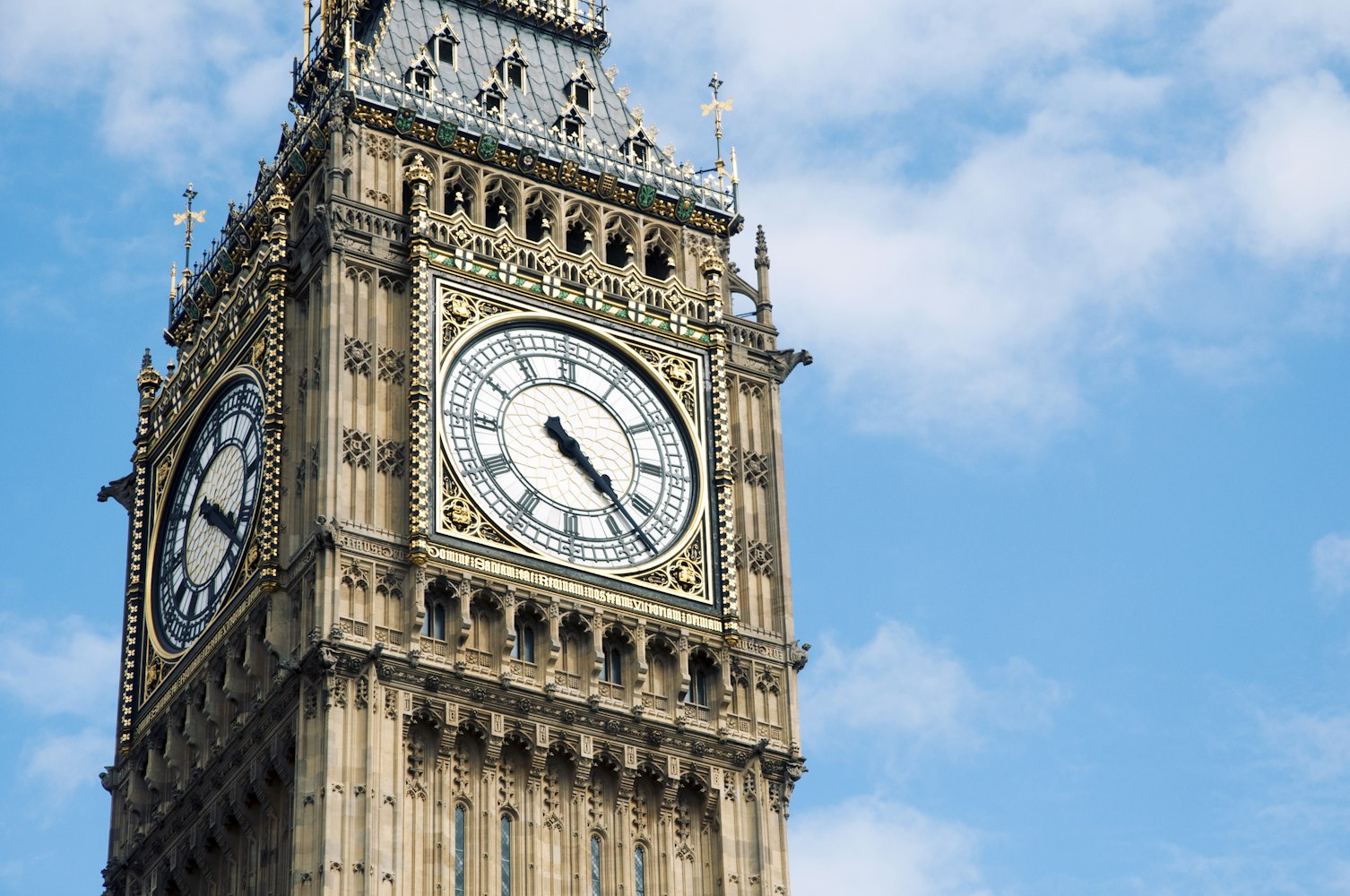Visual Culture

MA
1 year full-time, 2 years part-time
Durham City
R9T307
Course details
Looking across time and place, this interdisciplinary MA in Visual Culture offers you the opportunity to develop your knowledge of visual culture and arts and your understanding of how we perceive and interact with objects and images around us.
By studying examples such as fine art, film, photography, architecture as well as scientific imaging practices, you will be able to explore the uniqueness of objects, images and events, understand how to appreciate them and consider how other people may respond to them in the context of the working practices found in cultural institutions including museums, galleries and heritage organisations.
The course is delivered over one year full-time and two years part-time through a mixture of lectures, interactive seminars, skills development workshops and field trips. It consists of core and optional modules and a dissertation which will cover both theory and practice in visual culture.
Your learning will benefit hugely from the University’s strengths in the subject, including the Centre for Visual Arts and Cultures, which hosts a wide range of events and brings together researchers across departments and faculties. You will also have access to University institutions such as the Oriental Museum and Palace Green Library.
This course has been created to prepare you to be able to continue your studies in visual culture at a higher level with a view to pursuing a research career in academia but it will also provide you with a qualification which will act as a springboard to a career in the vibrant and fascinating cultural sector.
To find out more about this course and hear from our students, you can view our webpages here.
All the MA programmes offered by the Faculty of Arts & Humanities consist of three components:
- a Major Research Project to the value of at least 60 credits
- Core Modules to the value of 0-90 credits, depending on the programme
- Elective Modules, making up the total number of credits to 180; some of these modules will be defined as Recommended Electives for particular programmes.
For students studying the MA in Visual Culture, the Dissertation (your Major Research Project, 60 credits)) is an opportunity to explore and research, in depth, an aspect of visual art and culture of your choice. It enables you to demonstrate your familiarity with relevant theoretical frameworks and your capacity for independent thought, critical thinking and analysis.
Course structure
Year 1 modules
Core modules:
You will be required to take the following 60-credit core module:
Visual Culture: Theory and Practice will provide you with an overview of visual culture and arts, and key research skills, including an introduction to working practices in museums and galleries and will offer you the opportunity to develop your own specialised research interests within the broad field of visual culture and arts. You will be expected to produce a piece of scholarly writing that demonstrates your familiarity with relevant theoretical frameworks and the ability to apply them in research.
Optional modules:
Finally, you will choose 60 credits of elective modules from across the Faculty of Arts & Humanities so that your total number of credits adds up to exactly 180.
Learning
Learning will be delivered through lectures, seminars and workshops and there will also be an opportunity to take part in field trips and further develop your skills through work placements.
You will be given every opportunity to develop your own area of interest in visual culture in the seminars that are highly interactive and through the workshops which aim to develop your skills and knowledge.
You will be expected to learn about the presentation of visual culture during field trips, to visit museums and galleries where you will learn about displays and meet curators.
There is also a requirement for you to undertake guided reading in advance of seminars and a dissertation will be completed under supervision in an area of interest to you.
Assessment
Assessment is rigorous and may include a book review exercise, an exhibition to analyse for your fieldwork report and an object, which will be the subject of a critical commentary that you will write. You will also complete a dissertation of between 12,000-15,000 words.
In your assessments, you will apply the contents of the seminars in order to explore an aspect or aspects of visual culture that particularly appeal to you.
Entry requirements
Students will normally be required to have an Honours Degree, usually at 2:1 level or higher or overseas equivalent from a recognised national or international university in an arts, humanities or social science subject.
The course assumes no prior knowledge of visual arts and culture, but previous interest or experience of visual culture would be an advantage.
Alternative qualifications
International students who do not meet direct entry requirements for this degree might have the option to complete an International Foundation Year.
Home students who do not meet our direct entry requirements, may be eligible for our Foundation Programme which offers multidisciplinary programmes to prepare you for a range of specified degree programmes.
Fees and funding
Full Time Fees
| Home students | £12,500 per year |
|---|---|
| EU students | £27,500 per year |
| Island students | £12,500 per year |
| International students | £27,500 per year |
Part Time Fees
| Home students | £6,900 per year |
|---|---|
| EU students | £15,200 per year |
| Island students | £6,900 per year |
| International students | £15,200 per year |
Please also check costs for colleges and accommodation.
Scholarships and Bursaries
We are committed to supporting the best students irrespective of financial circumstances and are delighted to offer a range of funding opportunities.
Find out more about Scholarships and BursariesCareer opportunities
Languages and Cultures
Our approach to learning and research encourages a freedom of thinking and expression about language and cultures that provides sought-after skills and a worldview that will be attractive to top employers.
In an environment of globalisation, the ability to display a knowledge and understanding of the diverse world we inhabit and to understand and communicate effectively is crucial.
Following graduation, we offer the option of building on your research activity at a higher academic level and progressing into teaching with roles at universities across Europe, the USA, Australia and the Middle East a viable option.
If your aspirations lie more towards developing a professional career, our qualifications offer a weather of opportunities with recent graduates taking up positions in university administration, translation, analytics, museum curating, rare bookselling and the French film industry.
Department information
Languages and Cultures
Postgraduate language provision at Durham spans the world in its exploration of languages and cultures. By considering literary, artistic and visual heritages and their place in individual societies, our research fosters insight and understanding from a global perspective.
The School of Modern Languages and Cultures is a world-class centre for teaching and research in Arabic, Chinese, French, German, Hispanic, Italian, Japanese and Russian Studies. We provide an outstanding environment for research activity, adopting an open and flexible approach to study.
Support and guidance are given by the committed subject experts that can be found in our academic team. They are passionate about their specialisms, which cover the relevant languages, literature, cultural history, cinema and visual culture, and translation.
This significant reservoir of knowledge is reflected in the diversity of the topics being researched in the School. Key areas of in-depth study activity range from Translation Studies and Film Studies through to Science and the Humanities, and Gender and Sexuality.
Our postgraduate community is vibrant and active and is fully involved with events both within the School and within wider University postgraduate groups. Our research postgraduates are involved in organising major conferences and lead research seminars as part of their learning experience.
Language provision at Durham consistently ranks within the top five performing Schools in the UK according to university league tables. We feel this reflects our deep commitment to research that nurtures cultural understanding and inspires a love of languages and fosters an understanding of different cultures in an era of increasing globalisation.
For more information see our department pages.
Facilities
The School is located on Elvet Riverside, which is close to the ancient Elvet Bridge and within easy walking distance of the University colleges, the Students’ Union and the historic centre of the city of Durham.
Learning facilities include language laboratories, computer classrooms and a large study area. There are also satellite and recording facilities for viewing programmes in all the major taught languages.
The University's fully equipped Centre for Foreign Language Study is housed in the same building, and members of the Languages and Culture School have access to its facilities.
Similarly, the Translation Zone provides a place to meet translators, learn how we teach translation and attend seminars and master classes.
Apply
Find out more:
Apply for a postgraduate course (including PGCE International) via our online portal.
Visit Us
The best way to find out what Durham is really like is to come and see for yourself!
Similar courses
-
International Cultural Heritage Management - MA
Program Code: V4K107Start: September 2025 -
Languages, Literatures and Cultures - MA
Program Code: R9T207Start: September 2025 -
Medical Humanities - MA
Program Code: Q3KG07Start: September 2025 -
TESOL and Applied Linguistics - MA
Program Code: Q3KE07Start: September 2025 -
Translation Studies - MA
Program Code: R9K107Start: September 2025 - See more courses
International Cultural Heritage Management - MA
/prod01/prodbucket01/media/durham-university/study/individual-course-and-cta-images/VK107.jpg)
Languages, Literatures and Cultures - MA
/prod01/prodbucket01/media/durham-university/study/individual-course-and-cta-images/R002.jpg)
Medical Humanities - MA
/prod01/prodbucket01/media/durham-university/study/individual-course-and-cta-images/Q3KF07.png)
TESOL and Applied Linguistics - MA
/prod01/prodbucket01/media/durham-university/study/individual-course-and-cta-images/Q3KE07.png)
Translation Studies - MA
/prod01/prodbucket01/media/durham-university/study/individual-course-and-cta-images/R9K107.jpg)


/prod01/prodbucket01/media/durham-university/study/individual-course-and-cta-images/Postgraduate-Prospectus.png)
/prod01/prodbucket01/media/durham-university/study/individual-course-and-cta-images/Postgraduate-Scholarships.png)
/prod01/prodbucket01/media/durham-university/study/individual-course-and-cta-images/Postgraduate-Meet-Students.png)
/prod01/prodbucket01/media/durham-university/study/individual-course-and-cta-images/Book-an-Open-Day.png)
